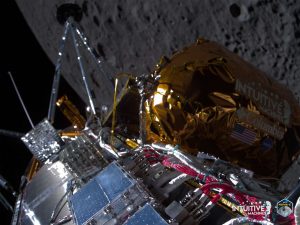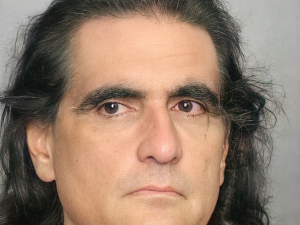Space tourism touched a new height on July 20 after tech-billionaire Jeff Bezos flew into space along with three other passengers – his brother Mark, 82-year-old Wally Funk and 18-year-old Oliver Daemen.
Last week British businessman Richard Branson of Virgin Galactic flew into space on his own rocket. While the window of space tourism wide open, here are the differences between the different human spaceflight missions.
Vehicle
The spaceship used in Richard Branson’s Virgin Galactic was ‘SpaceShipTwo’. It is a reusable space plane that can fly into suborbital space.
The spaceship was carried aboard the mothership VMS Eve and was released at about 50,000 feet above sea level. After firing its rocket engines and being launched to the edge of space, it landed back on the Spaceport runway.
The spaceship used in Blue Origin’s trip to space was New Shepard. It was launched vertically into the suborbital space. The rocket-and-capsule, after launching, separate from each other. Following this, the rocket comes back to the launchpad while the capsule falls back to earth with the help of parachutes. In this case, the capsule landed back in the West Texas desert.
For Elon Musk‘s travel, the vehicle used will be The Dragon capsule and will be launched with a help of a reusable Falcon rocket. The aircraft is also equipped with parachutes to stabilise during reentry and splashdown.
Time duration:
Richard Branson’s flight lasted about 90 minutes from take-off to landing. The SpaceShip separated 45 minutes after takeoff. He dubbed the flight as “experience of a lifetime.”
Blue Origin’s flight lasted around 11 minutes after separation.
For Elon Musk’s SpaceX, it is reportedly not aiming for short trips but are expected to last three to four days.
How close to Space?
Branson’s Virgin Galactic flight reached a height of 86km while Jeff Bezos’ Blue Origin flight reached a height greater height.
However, SpaceX promises to reach 300km away from Earth.
The Karman line is located 100km above mean sea level. The US uses 80km as the cutoff point.






